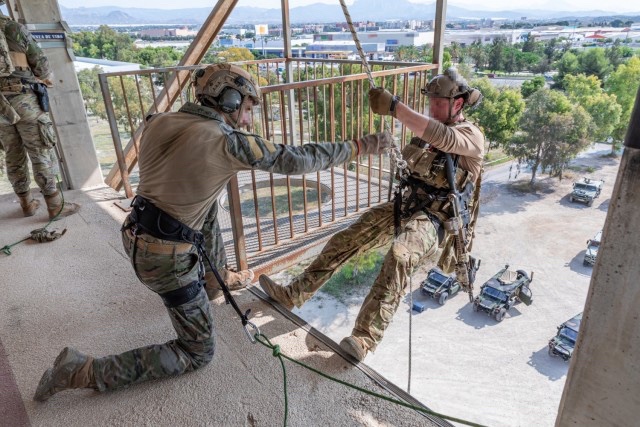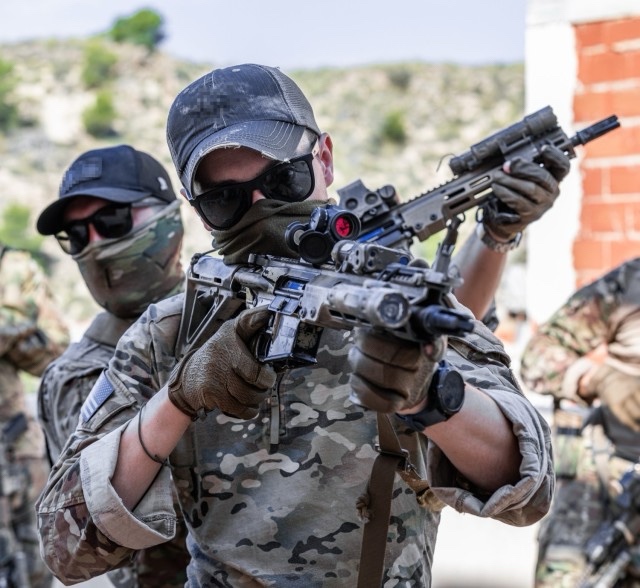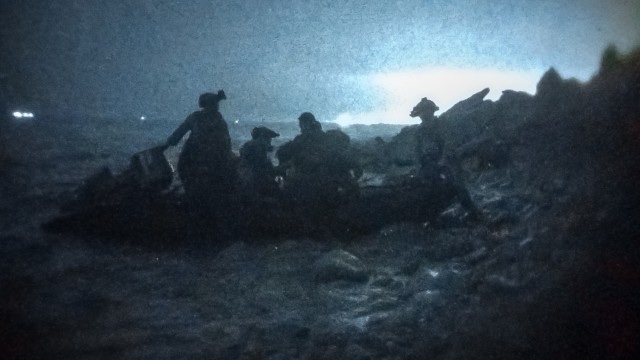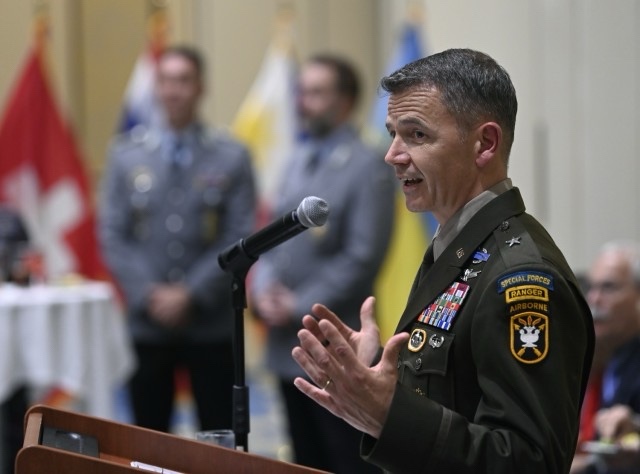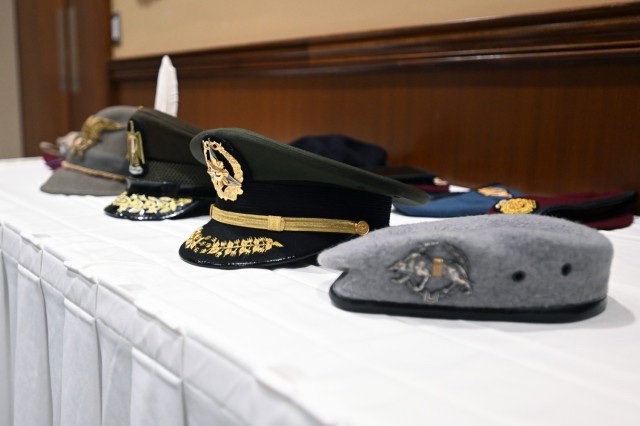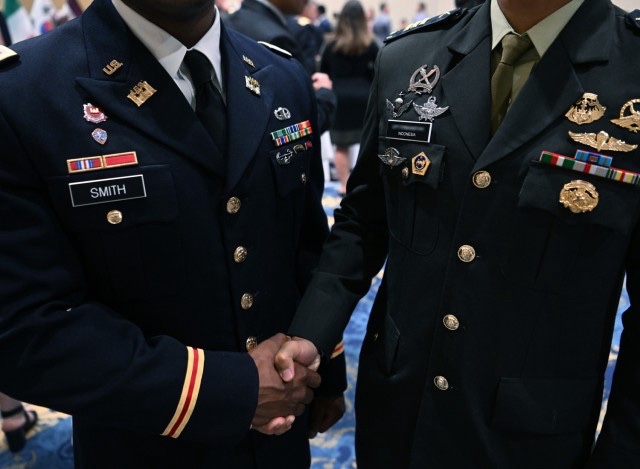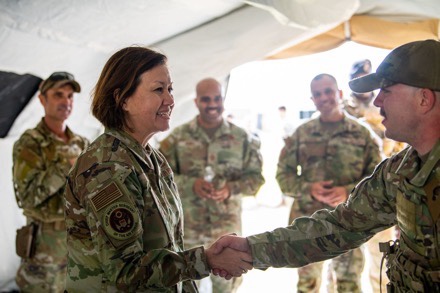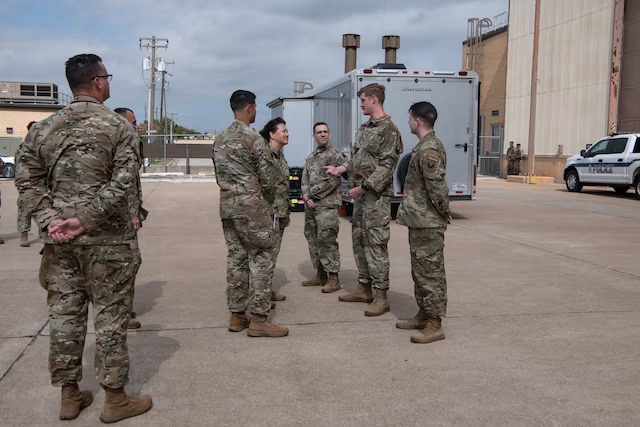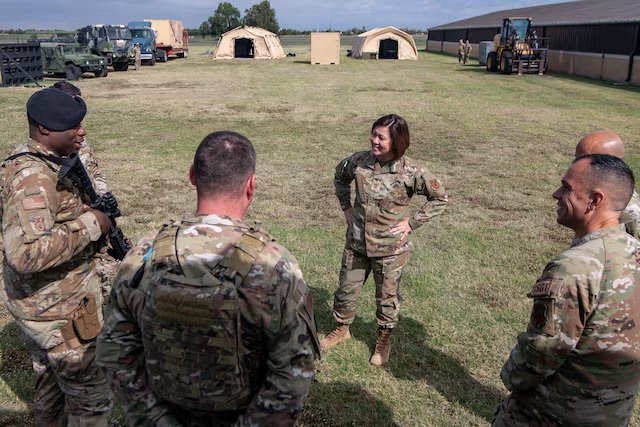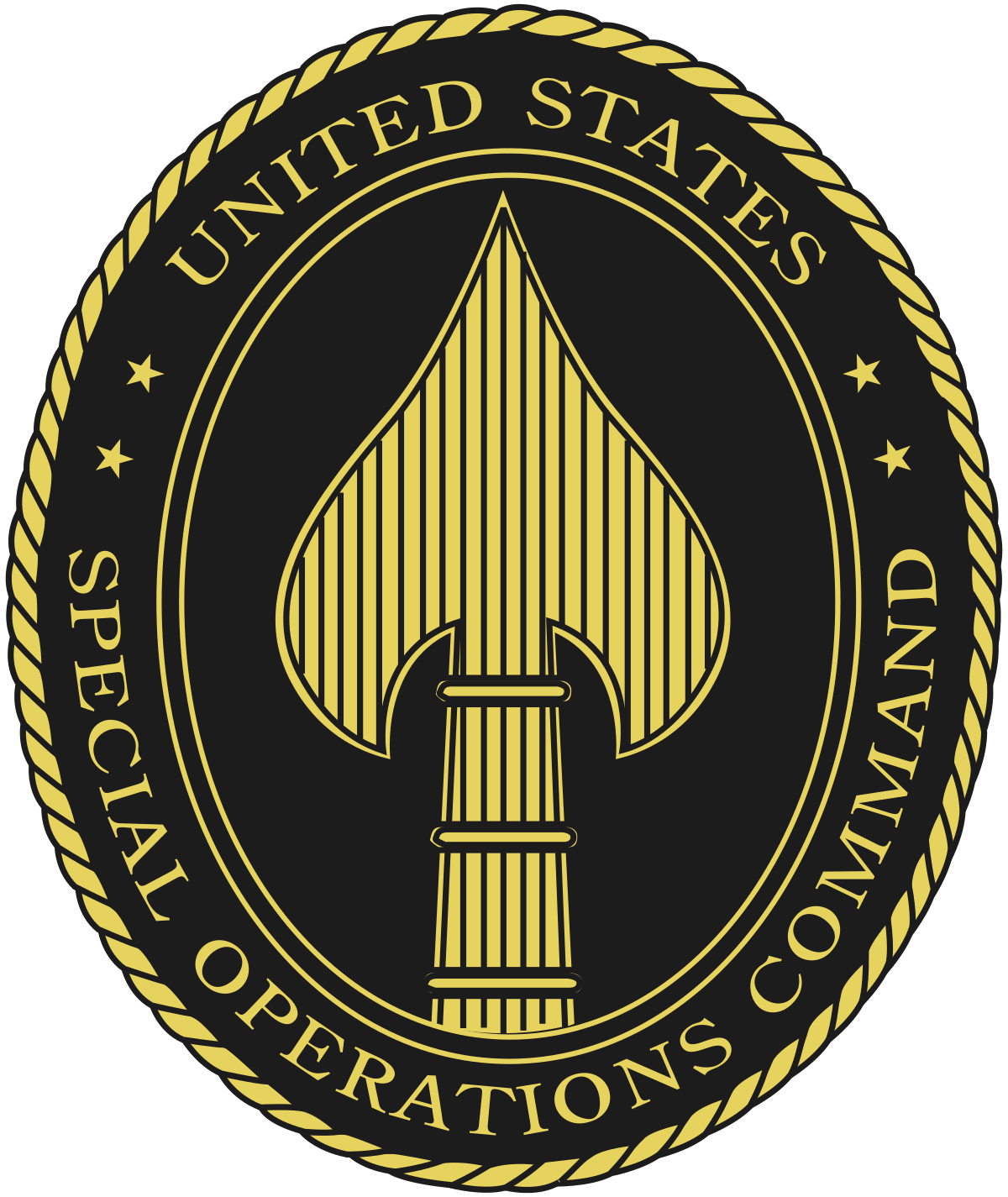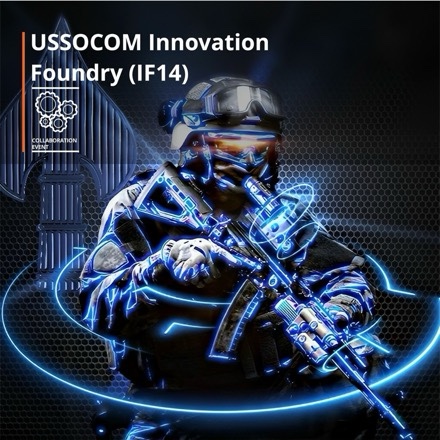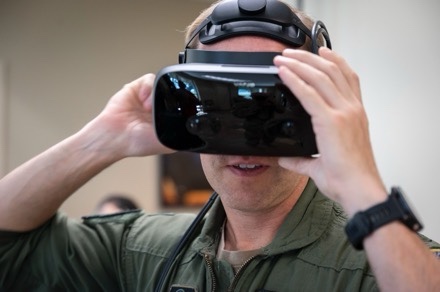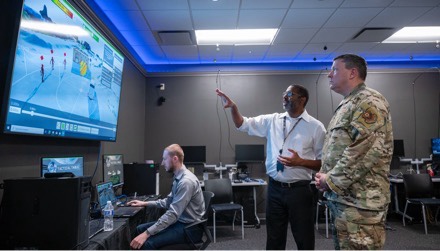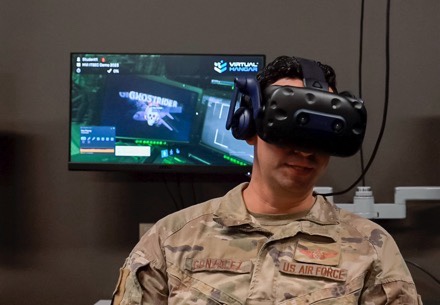HURLBURT FIELD, Fla. —
Air Force Special Operations Command welcomed Air Attachés from 12 various allied and partner nations to Hurlburt Field, Florida, October 23, 2023.
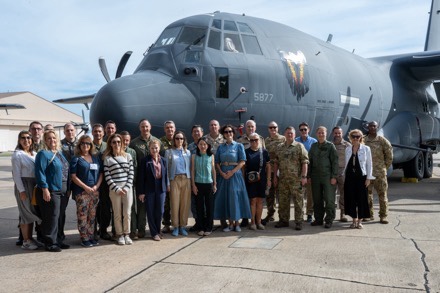
Attaché tours are a key function of the Department of the Air Force Foreign Liaison Office, which organizes the engagements to enhance partners’ understanding of American history and culture and enable firsthand experience with U.S. Air Force and U.S. Space Force operations and structure.
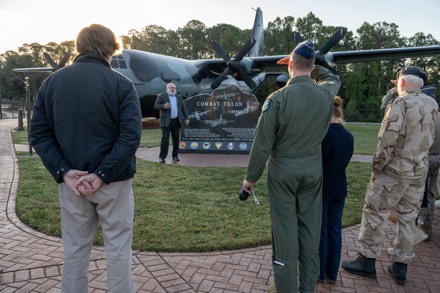
During their visit, the Air Attachés were provided with a comprehensive briefing on several key aspects of AFSOC. This included an overview of the command’s history, which dates back to its establishment in 1990. This historical context was provided to the Air Attachés, offering them a deeper understanding of the command’s evolution and the critical role it has played in operations across the globe.
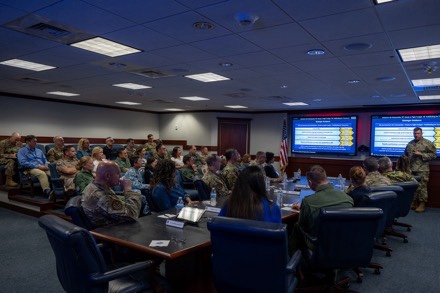
Later on, Lt Gen Tony Bauernfeind, AFSOC commander, engaged with the Air Attachés and introduced them to the AFSOC mission and capabilities.
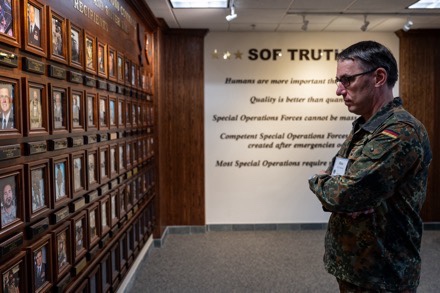
The Air Attachés had the unique opportunity to delve into AFSOC’s array of aircraft and mission sets visiting static displays and learning from subject matter experts.
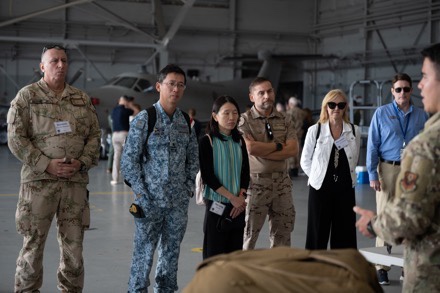
The United States Air Force Special Operations School also gave a briefing highlighting the school’s mission. The Air Attachés were provided insights into AFSOC’s joint and combined training efforts as well as special operations best practices.
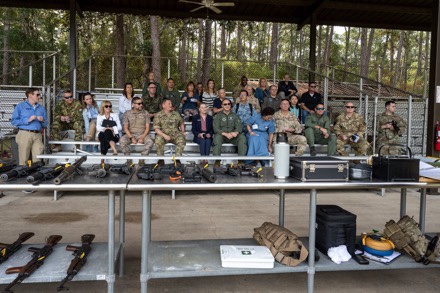
“Our enduring relationships with allies and partners are a cornerstone to our enhanced readiness,” said Bauernfeind. “Engagements like these help educate our allies and partners on the unique capabilities and opportunities that our command can provide and strengthen our connections for future combined operations.”
This visit served as a valuable opportunity to enhance international cooperation and understanding. By sharing insights into AFSOC’s history, mission sets, and collaborative training efforts, this visit contributed to strengthening the bonds between allied and partnered nations, furthering our collective commitment to global security.
Air Force Special Operations Command Public Affairs


